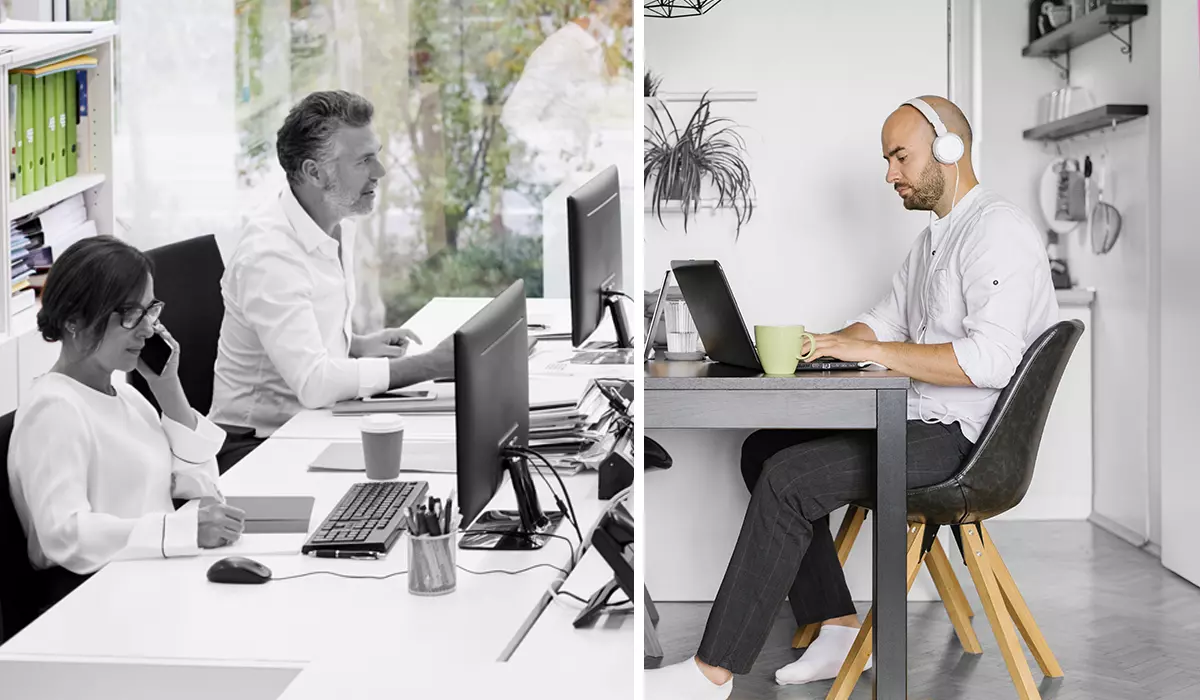Just a few months ago, Erin Bury hated the idea of working remotely.
The serial entrepreneur, CEO, and self-described extrovert understood the potential cost and time savings, which is why she offered flexible work options to her staff. But she’s long felt it just wasn’t for her.
“I felt like I was missing out on stuff at the office,” says Bury, who most recently co-founded the online estate-planning platform, Willful, with her husband. “I never felt more productive at home.”
Soon after the coronavirus forced her company to go all remote, however, she started to notice benefits, like getting to wake up later, not having to commute, and being able to better manage her time. She’s also been thrilled at her team’s ability to adapt amid what has turned out to be the busiest few months ever for her business.
“This has definitely made me think about how feasible [remote work] is,” she says. “If you set up the conditions for it from the beginning, it’s absolutely a great way to run a company.”
Bury is just one of many remote work resistors who has been pleasantly surprised by the experience of the past few months, and one of the many business leaders who’s changing their remote working policies as a result. In an HP survey conducted in the U.S., China, and France, more than one-third of the respondents said that after offices reopen, they’ll prefer working remotely more than they did before. A recent Gartner survey of over 200 human resources leaders found that 41% of employees are likely to continue working from home at least some of the time after the pandemic, which will require businesses to revisit everything from cybersecurity protocols to human resources policies to talent management strategies.
“It’s like trying to go back in time and un-know something. You can’t,” says Tracy Keogh, HP’s chief human resources officer. “There are things we know now, and because of that, things will be different [moving forward].”
From HR policy to corporate strategy
While remote work has long been considered a concern mainly for the human resources department, Keogh says the current situation offers organizations the opportunity to explore bold new strategies companywide. She recommends that business leaders experiment and discover what might be possible in a more remote future.








